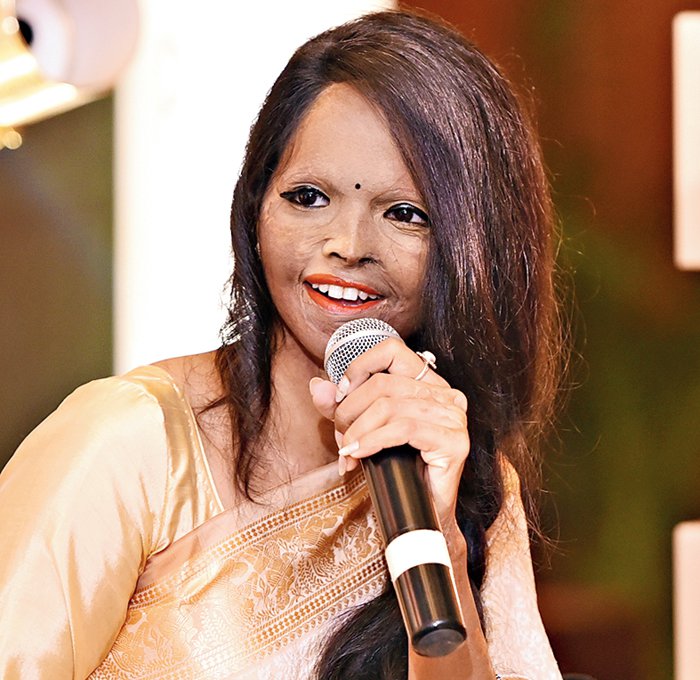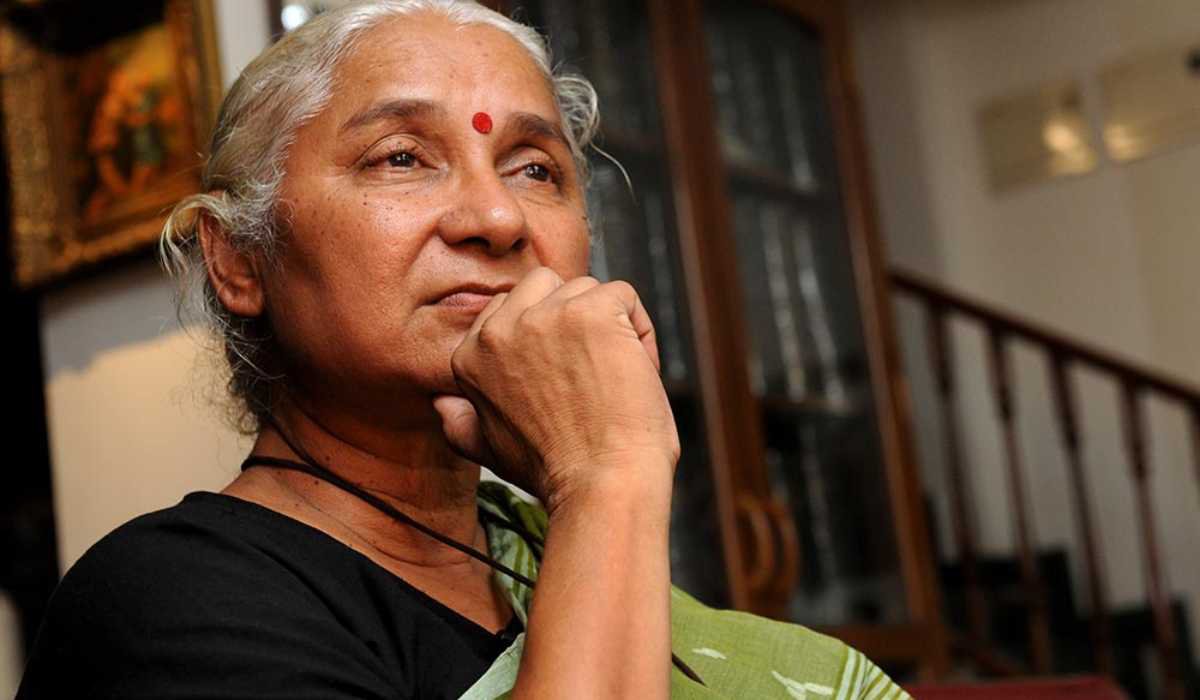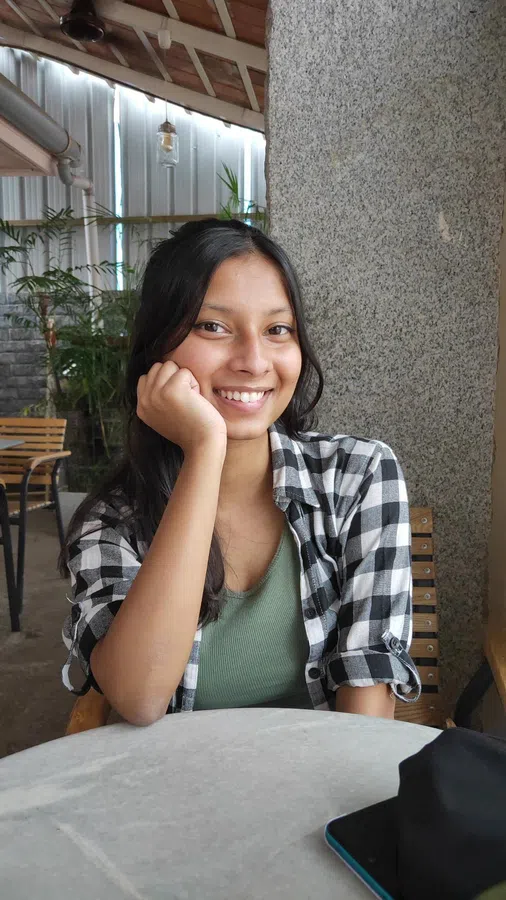5 of the most powerful Indian women activists
8 minuteRead

It is very well known that women are the architects of society - responsible not just for the nourishment and nurturing of their own offspring, but also for all those who come into contact with them. This is why it is commonly said that when you educate a girl, you contribute towards empowering the nation! Let us take a look at some of the most powerful Indian women who have made a mark in society for generations to marvel at.
1. Laxmi Agarwal

Source: TelegraphIndia
Formerly known as the acid attack survivor, Laxmi is now just Laxmi - living her life as a mother, an inspiration, and a symbol of courage. Having motivated millions, Laxmi has continuously emphasized the strength and importance of inner beauty. At the mere age of 15, Laxmi was attacked with acid by her stalker in the year 2005. He had then hoped to obliterate her hopes and dreams, but little did he know that she would bounce back with renewed vigor and strike a chord deep within several people across the world. Her famous words “Usne acid mere chehre par daala hai, sapnon par nahin” can be translated to “He threw acid on my face, not on my dreams”. She is appropriately considered as a pinnacle of courage and beauty around the globe.
In 2014, US First Lady Michelle Obama presented Laxmi with the International Women of Courage award, and she was also chosen as the NDTV Indian of the year. In the year 2018, she was also awarded the esteemed Mother Teresa Award. Apart from having been invited to several corporates, schools, colleges, and other institutes for motivational talks, she had been honoured on one of India’s most famous television shows - “India’s Next Superstar”. In the special episode, her life story was portrayed with the help of an extremely moving act.
As of today, Laxmi has gone on to become the face of many different brands, such as a clothing brand known as Viva N Diva as well as ‘Promise’, which is NIMAI’s new luxury fashion brand with a soul. She is a strong challenger to the stereotypes of fashion brand ambassadors by becoming one even after having undergone many facial reconstructive surgeries. Through the provision of assistance with legal aid, counseling, treatment, and rehabilitation, Laxmi has helped more than 100 acid attack victims all over India. She is now the face of unprivileged Indian women who have survived acid attacks and has launched a campaign knows as “StopSaleAcid”. This campaign aims towards the banning of the free sale of acid in India, and more than 20,000 people have joined arms for this campaign that has been organized in more than six states to date - Delhi, Punjab, Uttarakhand, Dehradun, Uttar Pradesh, and Maharashtra.
2. Medha Patkar

Source: shethepeople
Born in Mumbai in the year 1954, Medha Patkar is an Indian social activist known primarily for her work aiding the people displaced by the NDVP. The NDVP (Narmada Valley Development Project) is a large-scale plan to put a dam on the Narmada river and all its tributaries present in the states Maharashtra, Gujarat, and Madhya Pradesh. She is a strong advocate of human rights and she resolved to found all her campaigns on the two basic tenets present in the Indian Constitution - the rights to life and livelihood.
Medha’s parents were both quite active in the social space, which meant that she grew up in an environment that was filled with a sense and the importance of social justice. In the early 1980s, after getting a bachelor’s degree in science from Ruia College in Mumbai, Medha went on to earn her master’s degree in social sciences from the Tata Institute of Social Sciences. In the early 1960s and 70s, the Indian government was promoting the building of dams as a route to modernized civilization and this can be considered as the background to Medha’s activism. The harnessing of the river water was being done in order to provide water for drinking, irrigation as well as the generation of electricity in impoverished areas.
However, the advent of dam building would also bring about the widespread displacement of hundreds of thousands of people. In the year 1979, the NDVP proposed the construction of many dams on the Narmada river and its tributaries and was later granted approval. About half a decade later, Medha visited the village in the Narmada valley that was set for submersion after the completion of the Sardar Sarovar Dam (one of the biggest projects that were planned) in the southeast part of Gujarat. When she went there, she became aware of the indifference faced by the people who were affected by the project exhibited by local officials appointed by the government. She rounded up all her supporters in the year 1986 and organized marches and protests against the local government body that was seeking funds from the World Bank in order to execute the Sardar Sarovar project.
In that same year, Medha went on to establish the organization called Narmada Dharangrastra Samiti, which after three years became the Narmada Bachao Andolan (NBA: Save the Narmada). The major aim of the organization was to establish knowledge regarding the project as well as to provide legal representation to the concerned locals of the Narmada valley.
3. Kamla Bhasin

Source: feminisminindia
Not having pockets in her clothes was the beginning of injustice that made Kamala Bhasin infuriated. This was when she decided to set off on the road to fighting patriarchy in our country. She said, “Our clothes don't have pockets, since I used to play marbles, a pocket was essential for me, and while climbing trees, the frock would grind me to a halt in branches. So, I noticed that these clothes are restricting my freedom and I abandoned the garments meant for girls.” Now 75, the Indian developmental feminist activist, poet, author, and social scientist has gone on to cement her place in history as an outspoken champion of women’s rights in South Asia.
It is even more impressive because to date, the region is filled with sexism, and women and girls are more often than not considered the property of the men in their lives. She began her work in the year 1970, which focused on gender, education, human development, and media. She fought this system of patriarchal thoughts, beliefs, and ideals all her life through her exhaustive writings on topics such as gender and women’s rights, and eventually went on to forge a distinguished career in trying to right these wrongs.
She became the founder of Sangat, which is a South Asian feminist network, for which she now works as an adviser. She has conducted many courses on feminism, human rights, and sustainable living over the last four decades. She had also juggled other roles at organizations such as JAGORI (which is a women’s resource and training center in New Delhi), and One Billion Rising. She was born in a village in West Punjab, Pakistan, right before the India-Pakistan division.
She knew from childhood that odds were greatly stacked against her and all the girls around her. But, unlike her friends, she was outspoken, and she fearlessly opposed all the injustices that were imposed on her. The best part about all this? Her parents never tried to extinguish the flame inside her spirit. In an interview, Kamla recalled a time in her childhood when she was forced to have her ears pierced, as part of a traditional ritual. She became utterly furious and began shouting, and then woke up in the night and took the thread out. After this episode, her family never brought it up again.
4. Vandana Shiva

Source: barcelona.cat
Apart from being a physicist, ecologist, activist, author, and editor, Vandana Shiva has tirelessly dedicated efforts towards defending the environment. Additionally, she is the founder of Navdanya, which is a movement that aims towards biodiversity conservation and farmer’s rights. Besides fighting for changes in the practice of agriculture and food, Vandana is also the founder and director of the Research Foundation for Science, Technology, and Natural Resource Policy. She says, “I don't want to live in a world where five giant companies control our health and our food.” Among others, Vandana has contributed to several fields through activist campaigns and ideation, such as biodiversity, biotechnology, bioethics, genetic engineering, and intellectual property rights.
During the early 1970s, she participated in the nonviolent Chipko movement, in which the main participants were women. She also assisted grassroots organizations of the Green movement in several continents spanning from Latin America, Asia, and Africa, and in countries like Ireland, Switzerland, and Austria with the help of campaigns that were anti genetic engineering. Vandana has served as an adviser to governments in India as well as abroad, and even to non-governmental organizations such as the International Forum on Globalization, the Women's Environment and Development Organization, the Third World Network, and the Asia Pacific People’s Environment Network.
Among all her writings, some of them include Staying Alive, The Violence of the Green Revolution, Biopiracy: The Plunder of Nature and Knowledge, Monocultures of the Mind, Water Wars: Privatization, Pollution, and Profit, and Stolen Harvest: The Hijacking of the Global Food Supply, as well more than 300 papers in various leading scientific and technical journals. In the year 1993, she received the Right Livelihood Award, which was also known as the “Alternative Nobel Prize”. Time magazine also identified Vandana as an environmental hero, and Asia Week called her one of the five most powerful communicators across Asia.
5. Aranya Johar

Source: Femina
Having featured on the BBC list of 100 most influential and inspiring women across the globe, Aranya Johar, the social media sensation, has now become a household name. Her series called “Brown Girl’s Guide” talks about various social issues and is adored by youngsters. She uses inspiring poems and the help of social media to draw attention to several different concerning issues like gender equality, body positivity, and mental health. Her slam poetry really does slam down the stereotypical beauty standards.
The first piece that she ever released, titled “A Brown Girl's Guide to Gender” became viral and hit more than 1 million views within 48 hours of being uploaded. For the first time ever, Aranya brought about the integration of slam poetry in Bollywood through her collaboration with Akshay Kumar in the movie ‘Padman’. In the month of April, in 2017, she was an esteemed speaker at TEDxICTMumbai. She has even been recommended as a woman one must follow on social media among other sociopolitically influential women such as Michelle Obama and Ashley Graham.
Unfortunately, she was greeted with a lot of hate for her simple word of art, and she also received death and rape threats. Some even went on to call her a “pseudo-feminist” as well as a “hate-monger”.
In the year 2019, Aranya was invited to the G7 Gender Equality Advisory Council along with Emma Watson and French President Emmanuel Macron. She even collaborated with the spoken word collective - Unerased Poetry, and uploaded a video titled, “The language of equality”. This collective also advocates smashing the patriarchy to bring more girls to schools through their campaign which is known as #PatriarchyKaPackup.
Write, Record and Answer! Consume Unlimited Content! All you need to do is sign in and its absolutely free!
Continue with one click!!By signing up, you agree to our Terms and Conditions and Privacy Policy.










